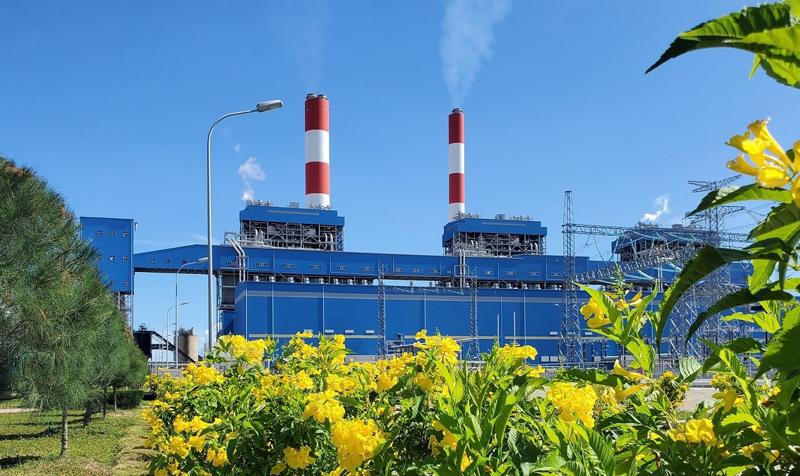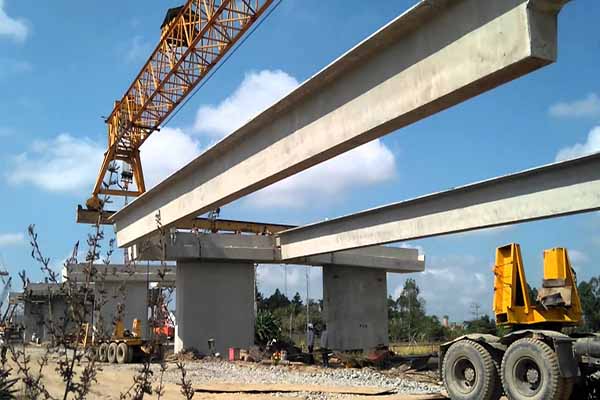 Vinh Tan 4 thermal power plant
Vinh Tan 4 thermal power plant
In preparation for the roadmap to reduce greenhouse gas emissions in the energy sector, particularly for coal-fired power plants, to achieve the government's Net-zero target by 2050, Vietnam Oil and Gas Group (PVN) and PetroVietnam Power Corporation (PV Power) are proactively conducting research and commissioning scientific and technological studies to improve greenhouse gas emissions at PVN's thermal power plants.
Greenhouse gas emissions inventory of coal-fired power plants
The greenhouse gas (GHG) emissions inventory is of crucial value in assessing the quantitative risks of GHG emissions for facilities, organizations, regions, and territories, enabling early decision-making and the implementation of prevention and mitigation measures at the source.
The GHG emissions inventory of a coal-fired power plant is conducted through a methodology that traces the sources of emissions from upstream, facility, and downstream.
The post-electricity production solid waste treatment operation significantly contributes to GHG emissions. In 2021, the total amount of ash residue was 7.34 million tons (source: EVN).
The transportation process of ash residue, which emits GHGs, is worth studying for potential reduction.
According to Decision No. 4982/QD-DKVN dated August 31, 2022, the list of scientific and technological tasks to be implemented in 2022 has been approved. One of the tasks is to study the Geopolymer material technology using ash residue from Song Hau 1, Thai Binh 2, and Vung Ang 1, and evaluate the potential for reducing CO2 emissions from this researched technology.
Specific proposed tasks
The research topic "Greening coal-fired power plants" was registered by Mr. Tran Thanh Hieu, an expert in risk management of power production operations at PVPower, in 2021 under PVN. The proposed measures for GHG reduction include two research topics: "Production of non-fired building materials from ash residue - Simultaneous treatment of fly ash and bottom ash" with the advantage of environmentally friendly circular production by utilizing steam, electricity, water services, and infrastructure management for environmental protection from the power plant. The products replace fired building materials, resulting in reduced GHG emissions.
The research and development of "Geopolymer adhesive resistant to salinity" is led by Assoc. Prof. Nguyen Thanh Bang, a senior researcher at the Vietnam Institute of Water Resources Research and Development. It focuses on superior characteristics such as strength, salt resistance, and chemical resistance, making it particularly suitable for coastal, island, coastal, and saline areas. The projected demand is expected to increase for the development of the marine and island economy.

Application of Geopolymer Concrete
Greenhouse gas (GHG) emissions inventory for salt-resistant Geopolymer products as a replacement for conventional cement shows a significant reduction in direct GHG emissions as it does not use traditional fuel. By utilizing alkaline activation, chemicals produced from salt electrolysis have the potential to efficiently absorb renewable energy, allowing for direct electricity generation and/or connection to the power grid.
For a greener future.